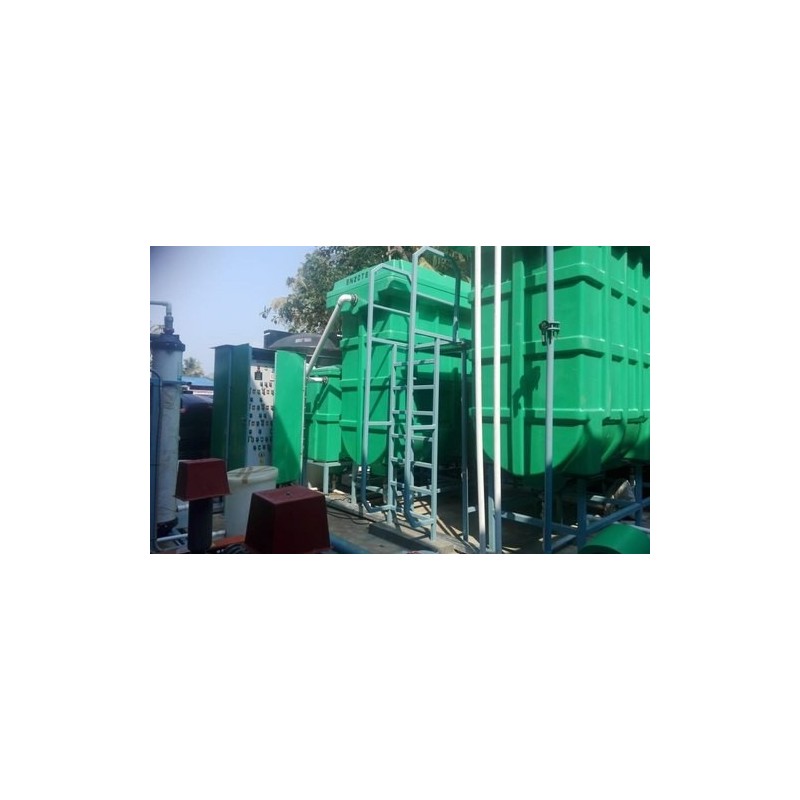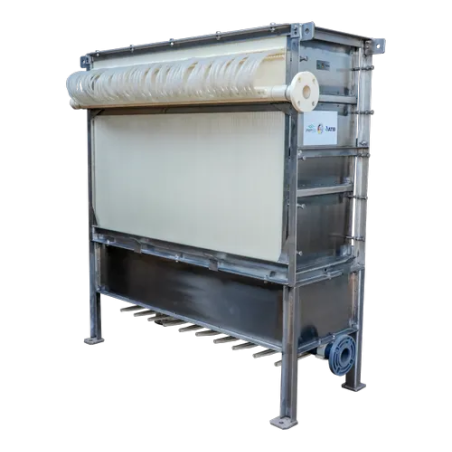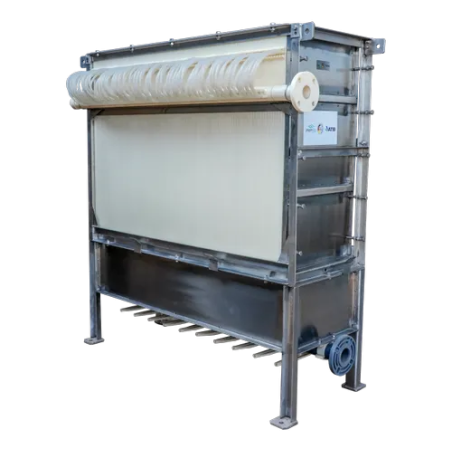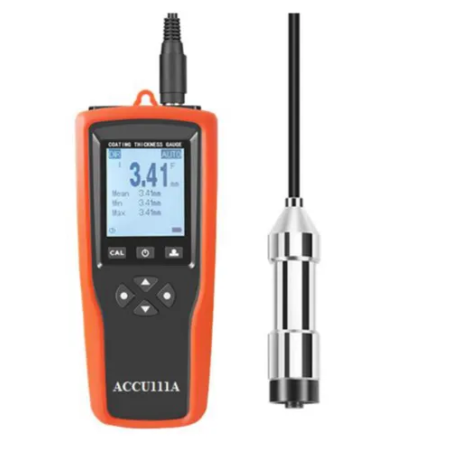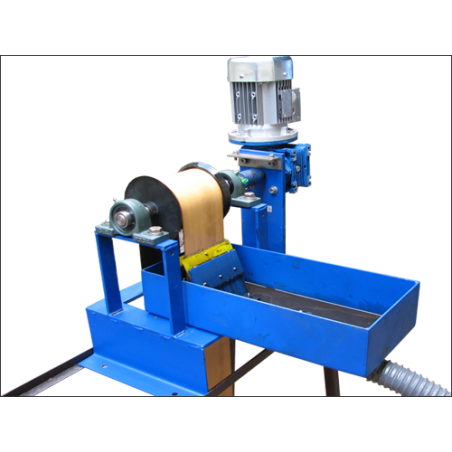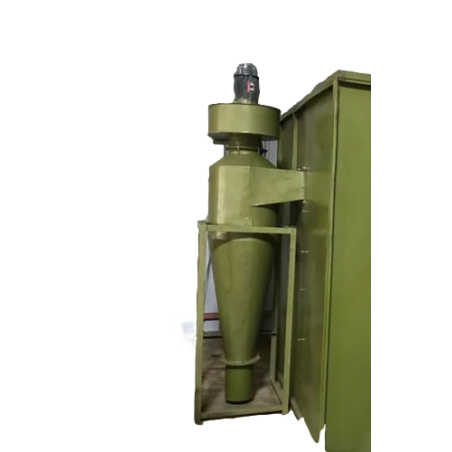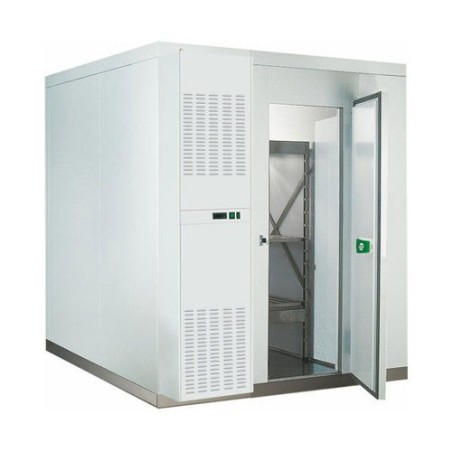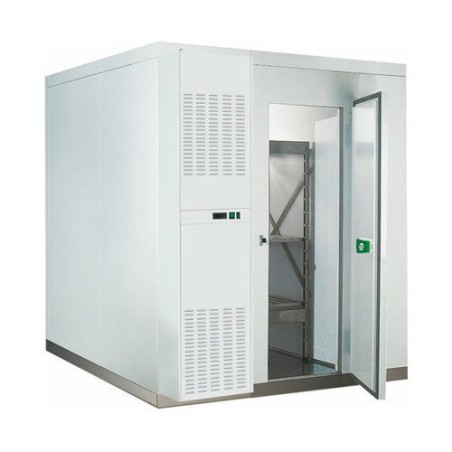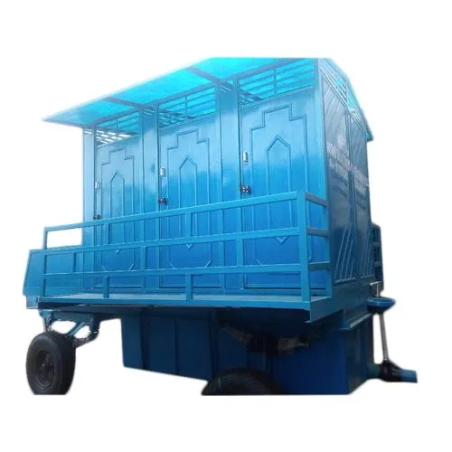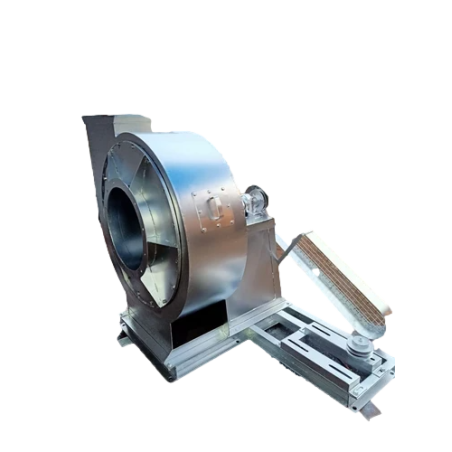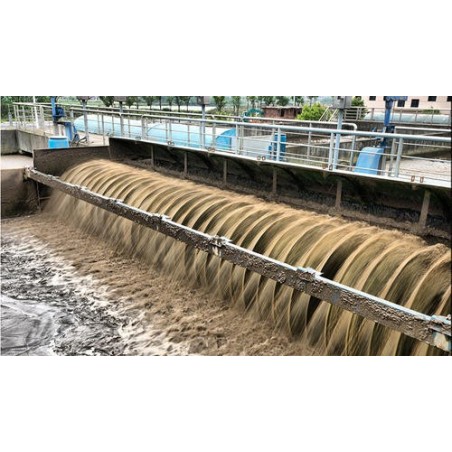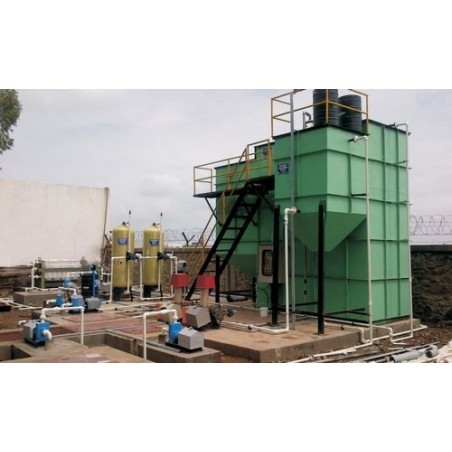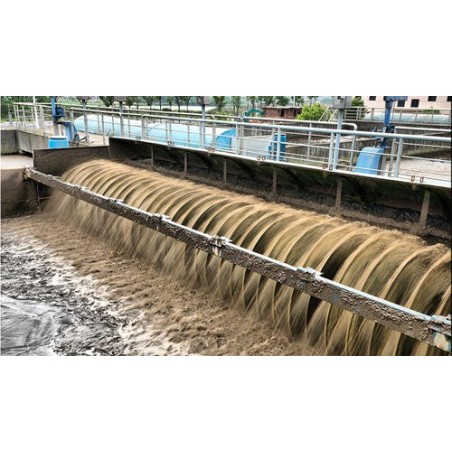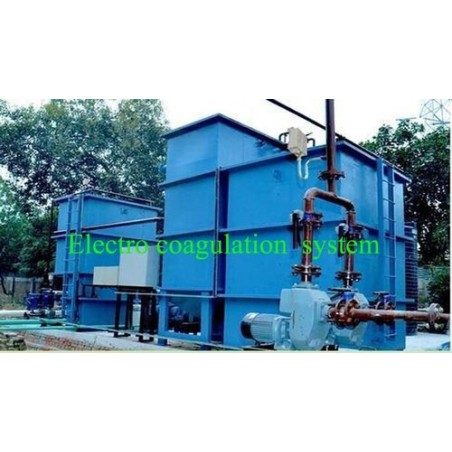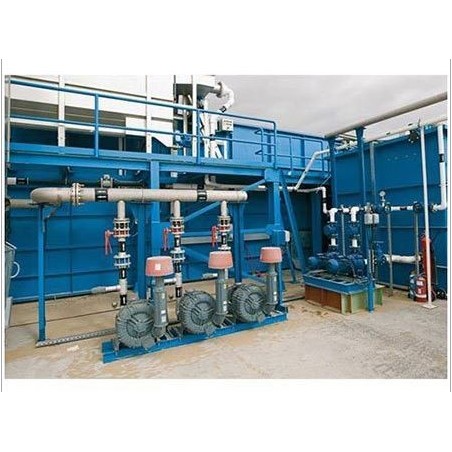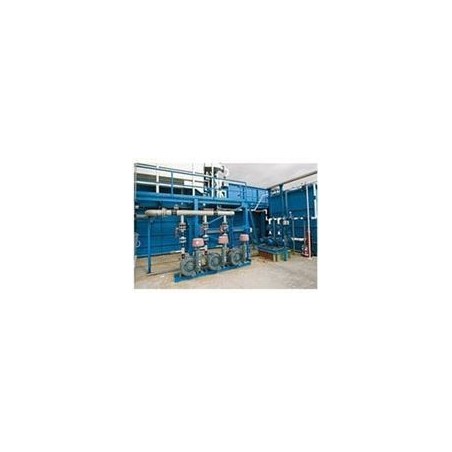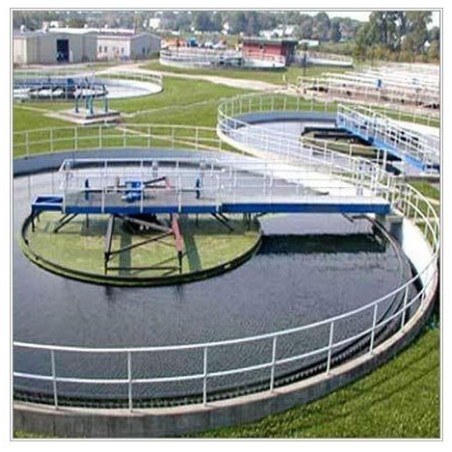Ultrafiltration Membranes
5/5
Free Delivery in India | Lowest Global Shipping Charges
- Genuine Products
- Global Shipping
- Secured Payments

Save up to 28% with GST Input
Avail maximum benefits from input tax mechanism on all your Business Invoices. Get GST Invoices on your business purchases. And 0% Taxes on all worldwide deliveries

100% Original Products
Shop with assurance, as each product we offer is 100% original, ensuring quality and authenticity with every purchase
Industrial Sewage Treatment Plant 1000 KLD
Reference AAJXL Category Sewage Treatment Plant
Specifications
| Usage/Application | SEWAGE |
|---|---|
| Country of Origin | India |
| Automation Grade | Semi-Automatic |
| Installation Type | Completes Civil work with Installation |
| Material of Construction | Mild Steel |
| Industry | Pharmaceutical Industry |
| Capacity (KLD) | 1000 KLD |
| Feed Flow Rate(m3/day) | 501-1000 m3/day |
| Impurities To Be Removed | Oil & Grease |
| Treatment Stages | Preliminary Treatment |
| Air Blower Count | 2 Blowers |
| Control Module | Available |
| Air Blower Power | 0.4 KW |
| Treatment Technology | Mixed Bed Bio Reactor(MBBR) |
Key Features
- Bulk Quantities Available
Product Details
Industrial wastewater treatment describes the processes used for treating wastewater that is produced by industries as an undesirable by-product. After treatment, the treated industrial wastewater (or effluent) may be reused or released to a sanitary sewer or to surface water in the environment. Some industrial facilities generate wastewater that can be treated in sewage treatment plants. Most industrial processes, such as petroleum refineries, chemical, and petrochemical plants have their own specialized facilities to treat their wastewaters so that the pollutant concentrations in the treated wastewater comply with the regulations regarding disposal of wastewaters into sewers or into rivers, lakes, or oceans. This applies to industries that generate wastewater with high concentrations of organic matter (e.g. oil and grease), toxic pollutants (e.g. heavy metals, volatile organic compounds), or nutrients such as ammonia. Some industries install a pre-treatment system to remove some pollutants (e.g., toxic compounds), and then discharge the partially treated wastewater to the municipal sewer system.Most industries produce some wastewater. Recent trends have been to minimize such production or to recycle treated wastewater within the production process. Some industries have been successful at redesigning their manufacturing processes to reduce or eliminate pollutants, through a process called pollution prevention. Sources of industrial wastewater include battery manufacturing, electric power plants, food industry, iron and steel industry, mines and quarries, nuclear industry, oil and gas extraction, organic chemicals manufacturing, petroleum refining and petrochemicals, pulp, and paper industry, smelters, textile mills, industrial oil contamination, water treatment, wood preserving. Treatment processes include brine treatment, solids removal (e.g. chemical precipitation, filtration), oils and grease removal, removal of biodegradable organics, removal of other organics, removal of acids and alkalis, and removal of toxic materials.
Other products from this brand
Ultrafiltration Membranes
Thickness Gauge
$163
Oil Skimmer
Dust Collector
Cold Room
Cold Room
Mobile Bio Toilet
Mobile Bio Toilet
Induced Draft Fans
Recommended Products
Sewage Treatment Plant
Sewage Treatment Plant
Sewage Treatment Plant
Sewage Treatment Plant
Sewage Treatment Plant
Sewage Treatment Plant
Sewage Treatment Plant
Sewage Treatment Plant
Sewage Treatment Plant
Sewage Treatment Plant
Quantity

24/7 Customer Support
Shop with confidence knowing that our 24/7 Customer Support is always available to assist with any inquiries

# Lowest Price Challenge
If you find this product anywhere at lower cost than us. Call us and we will not only match the price but also give a complimentary coupon

